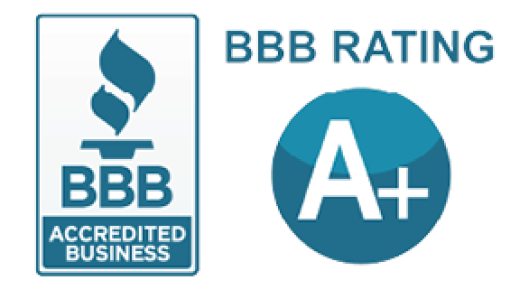[vc_row][vc_column][vc_column_text]
Why There’s a 75% Chance of a Recession
BY MATTHEW JOHNSTON
Updated Apr 18, 2019
Stocks are soaring again as the Federal Reserve’s attempt to engineer a soft landing by pausing its rate-hiking cycle has curtailed fears of an imminent recession. But some argue the damage has already been done and a recession is likely just around the corner. Ten, or more than 75%, of the last 13 rate-hiking cycles since the 1950s have ended in a recession, and David Rosenberg, chief economist and strategist at Gluskin Sheff, believes that poor track record for the Fed is at least one reason to think a recession is unavoidable, according to Business Insider.
He’s not alone. A recent report by the Duke Fuqua School of Business indicated that in a survey of CFOs, 67% believe the U.S. economy will enter a recession by the latter half of 2020; as much as 84% of respondents think the economy will be in recession by the first quarter of 2021. “I think we’re at the stage of recover, and there are enough uncertainties out there, that I think a recession is out there on the horizon,” John Graham, finance professor at Duke and director of the Global Business Outlook survey, told Fox Business.
Rosenberg’s Recession Warning Signs
- Only three of last 13 rate-hike cycles ended in soft landing;
- Fed’s ‘neutral’ rate only a hike away from the benchmark rate;
- Recent inversion of yield curve;
- Record-high corporate debt may be unsustainable if economy slows.
What It Means for Investors
Another major recession warning sign, according to Rosenberg, is the Fed’s continued lowering of its estimate of the ‘neutral’ (or natural) rate, also known as the terminal funds rate. The neutral rate refers to a theoretical level of interest rates at which the economy is on a sustainable path: stable prices, full employment, and neither slowing nor accelerating economic growth.
The last estimate put the terminal funds rate at 2.75%, just a hike away from the Fed’s current target for the benchmark rate, which has undergone nine successive hikes following a seven-year period of near-zero interest rates between December 2008 and December 2015. The implication is that the juicing effect on the economy and markets that low interest rates have had thus far is running out of steam, Rosenberg argues.
Then there’s the spread between the 10-year and 3-month Treasuries, which recently turned negative. That’s what economists call an inverted yield curve, a phenomena that has preceded every U.S. recession since the 1950s. The recent inversion was enough to send the New York Fed’s recession-probability model to an 11-year high, according to Business Insider.
Lastly, Rosenberg warns that corporate debt, which has reached a record high of $1.8 trillion, will come due in 2023. If the economy slows, businesses may struggle to make necessary their payments.
Looking Ahead
More optimistic is Leuthold Group’s Jim Paulsen, who believes that the recent economic and earnings slowdown along with the Fed’s more dovish stance will actually help to prolong the bull market. But his optimism is not without a touch of fear that the current weakness could easily trigger something much worse. “Recession and bear market fears would return very, very quickly and very harshly,” he told CNBC. “We have a good deal of fear. Fear of bear markets. Fear of recessions. Fear of negative yields. Fear of reverting curves. … We’re climbing a wall of worry.”
Source: Investopedia
[/vc_column_text][/vc_column][/vc_row]















